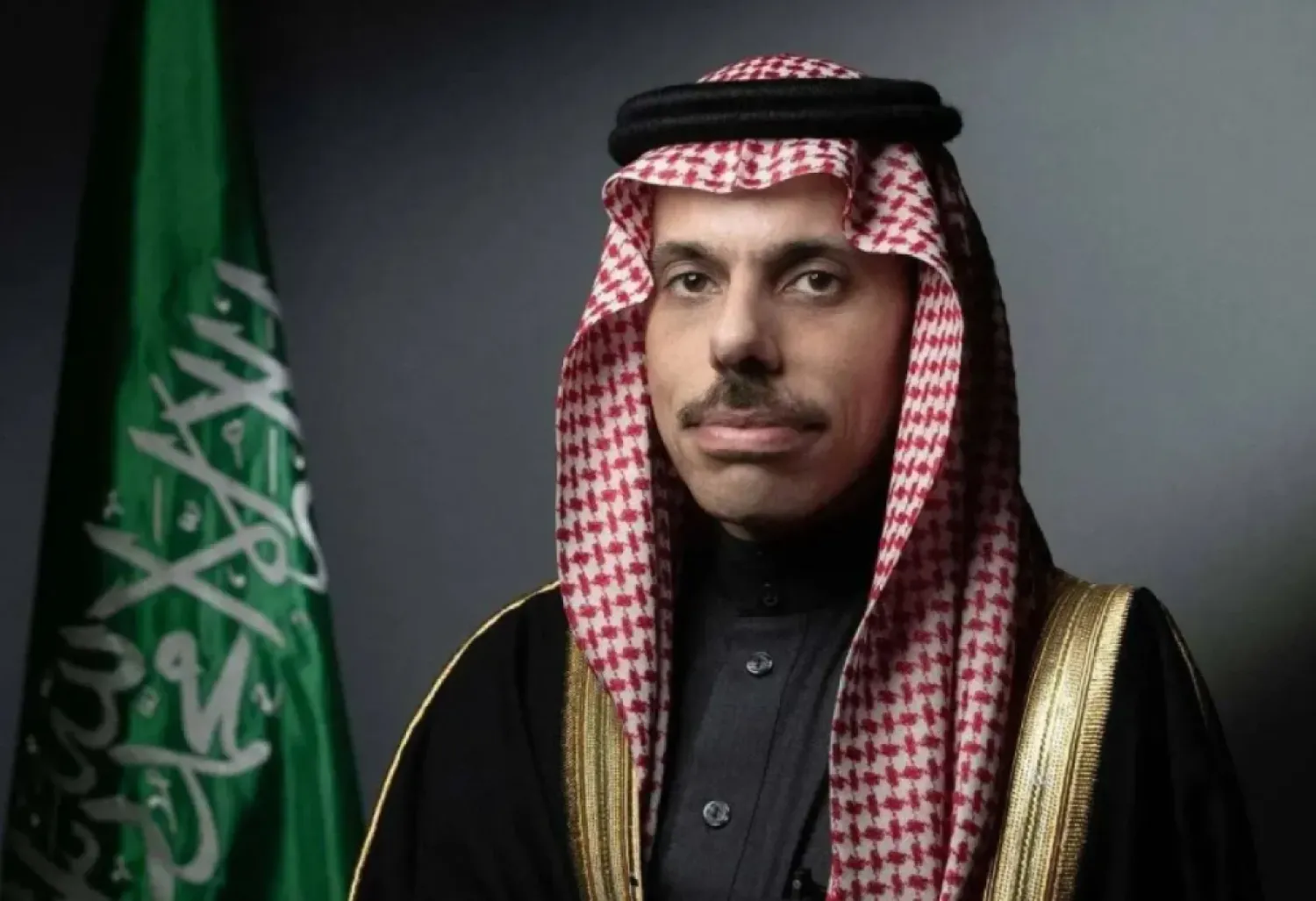Al Qunfudhah city, located off the Red city, will be home to Saudi Arabia’s future 28th airport with Makkah Governor Prince Khalid Al-Faisal on Wednesday laying the project’s foundation stone.
The project reflects a government strategy for expanding the capacity for air traffic in the Makkah region. Makkah Governor Faisal explained that the facility was proposed some 10 years ago, and was immediately referred for research which looked into about 14 sites before choosing the final spot north of Al Qunfudhah city.
General Authority for Civil Aviation (GACA) chairman Abdulhakeem bin Mohammed Al-Tamimi, for his part, said the facility would serve the people of Qunfudah and hundreds of nearby villages, while also providing jobs and investment opportunities.
“It is worth noting that the unified model of airports comes as part of the authority’s ongoing endeavor to develop and expand existing airports and to develop new airports in all regions of the Kingdom as a step towards reviving cities and supporting population growth,” the Saudi state news agency SPA reported.
When completed, the terminal will be able to handle five flights per hour and roughly 500,000 passengers a year.
Spanning over an area estimated at 24 million square meters, with a 20,340 square meters for a passenger terminal featuring two gates with connection bridges and a first class lounge among other commercial facilities, the project is set to be completed in two years.
The airport is expected to serve seven provinces and 50 administrative centers related to three coastal and rural areas: Makkah, Al-Baha, and Asir regions.









